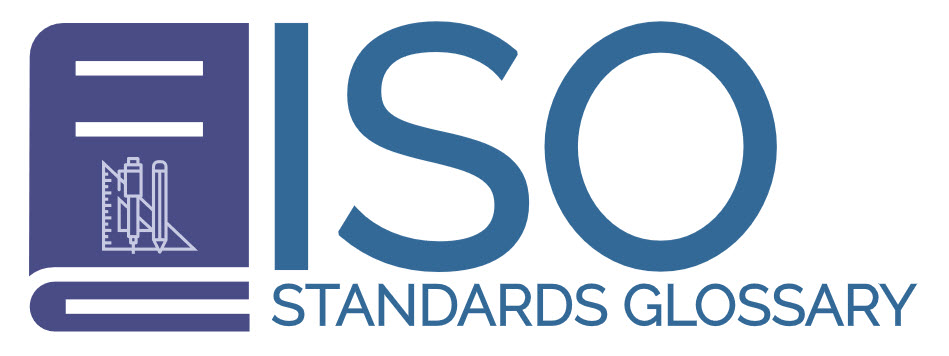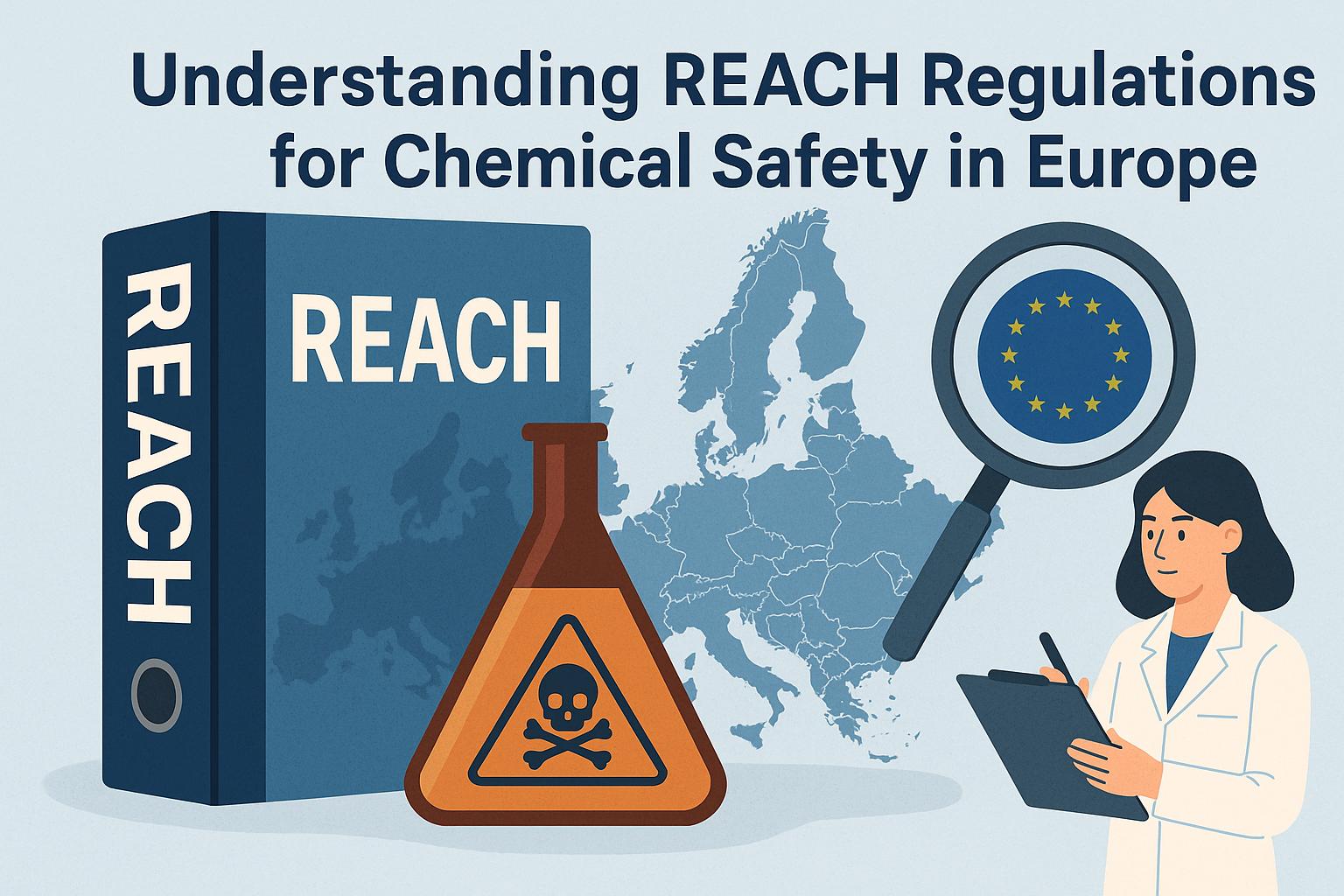Overview of REACH Regulations
The European chemical industry is governed by a critical regulatory framework known as REACH, an acronym for Registration, Evaluation, Authorisation, and Restriction of Chemicals. This regulation forms the bedrock for ensuring the safe manufacturing, importation, and utilization of chemical substances across Europe. Its establishment aims to mandate that businesses identify and manage the potential risks associated with the chemical substances they manufacture and market within the European Union (EU).
Objectives of REACH
The primary objective of REACH is to safeguard human health and the environment by ensuring that the hazardous properties of chemical substances are recognized at an early stage. This regulatory framework strives to strike a balance between protecting the public and the planet and promoting innovation and the sustainable use of chemicals. By maintaining the free circulation of substances within the EU market, it simultaneously enhances industry competitiveness. This highlights the dual purpose of REACH: to act as a protective mechanism while fostering industrial growth.
Key Elements
The REACH regulation is built upon four principal elements, each serving a distinct yet interconnected purpose in the chemical safety landscape.
Registration: A critical component of REACH is the requirement for manufacturers and importers to submit a comprehensive dossier. This dossier includes detailed information about the chemical substances they handle, capturing characteristics, intended uses, and safety data. The registration process is designed to furnish authorities with in-depth information regarding the array of chemical substances circulating within the EU market, thus facilitating informed decisions and interventions.
Evaluation: This stage involves the meticulous examination of the submitted dossiers by the European Chemicals Agency (ECHA). The aim is to verify the dossiers’ compliance and accuracy. Through evaluation, ECHA can identify potential risks these substances might pose to human health and the environment, which could necessitate further investigation or testing. This process ensures that the data provided is complete and reliable, forming the foundation for subsequent regulatory actions.
Authorisation: For substances that are categorized as being of very high concern (SVHC), REACH implements a rigorous authorisation procedure. Firms are required to secure permission to use such substances, ensuring that their application is controlled and safe within the EU. This stipulation helps mitigate potential risks that could arise from using these hazardous substances, thereby protecting both public well-being and ecological integrity.
Restriction: In cases where specific substances pose significant risks, REACH imposes restrictions on their manufacturing or use. These restrictions are enforceable across any application of a substance, encompassing its presence in products and industrial processes. This proactive measure is intended to preclude incidents of harm to human health and the environment, thereby pre-emptively minimizing negative impacts that might arise from chemical exposure.
Obligations and Responsibilities
REACH places considerable emphasis on the responsibilities shouldered by companies involved in the chemical industry. Businesses bear the crucial duty of ensuring comprehensive safety assessments and adherence to the regulation’s multifaceted provisions. For importers, the onus extends to verifying that non-EU manufacturers are in compliance with REACH mandates. Additionally, downstream users are tasked with diligently following safety recommendations and effectively communicating any potential risks across the supply chain. This organized, collective effort underscores the importance of cooperation and accountability in upholding the regulation’s core objectives.
Impact on Companies
The implications of REACH for companies operating within the EU market are substantial. The regulation compels businesses to engage in rigorous data collection, systematic scientific evaluation, and ongoing monitoring efforts. These processes often necessitate a profound enhancement of understanding regarding chemicals and their applications. Despite the challenges posed by compliance, REACH presents an opportunity to innovate and devise safer chemical alternatives and processes. By adopting sustainable practices, companies may not only meet regulatory requirements but also gain a competitive edge in the market.
The role of REACH in driving industrial transformation is notable. As businesses endeavor to meet the demanding requirements of the regulation, they are encouraged to replace hazardous substances with safer alternatives wherever feasible. This shift not only complies with legal obligations but also aligns with growing consumer demand for safer and more sustainable products. Consequently, companies that proactively invest in research and development can capitalize on evolving market trends and position themselves as leaders in the green transition.
Moreover, the comprehensive nature of REACH necessitates a reassessment of existing procedures and protocols. It encourages companies to build a culture of safety and responsibility within their operational framework, promoting transparency and accountability. Such cultural shifts resonate beyond compliance, fostering trust among consumers, stakeholders, and regulatory bodies.
For further comprehensive information, consult the official ECHA REACH webpage, which offers guidelines and updates on the regulation. Resources available on this platform assist businesses in navigating the complex landscape of REACH, ensuring they remain informed and equipped to fulfill regulatory obligations.
Conclusion
Grasping the nuanced intricacies of REACH regulations is indispensable for businesses engaged in European markets. Compliance not only reinforces safety and environmental protection but also supports innovation and competitiveness. Companies are encouraged to maintain vigilance and actively implement compliance strategies to preserve market access and uphold public trust in their products. The evolving regulatory landscape requires ongoing engagement and adaptability from businesses. Through conscientious adherence to REACH, companies can contribute to a safer, more sustainable future for both industry and society.

